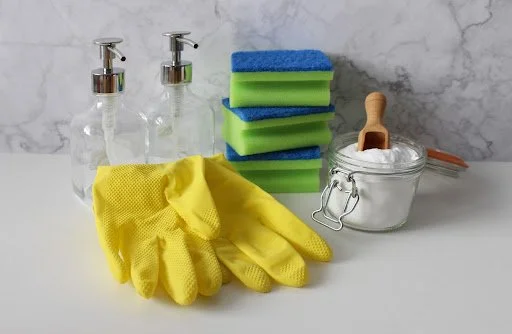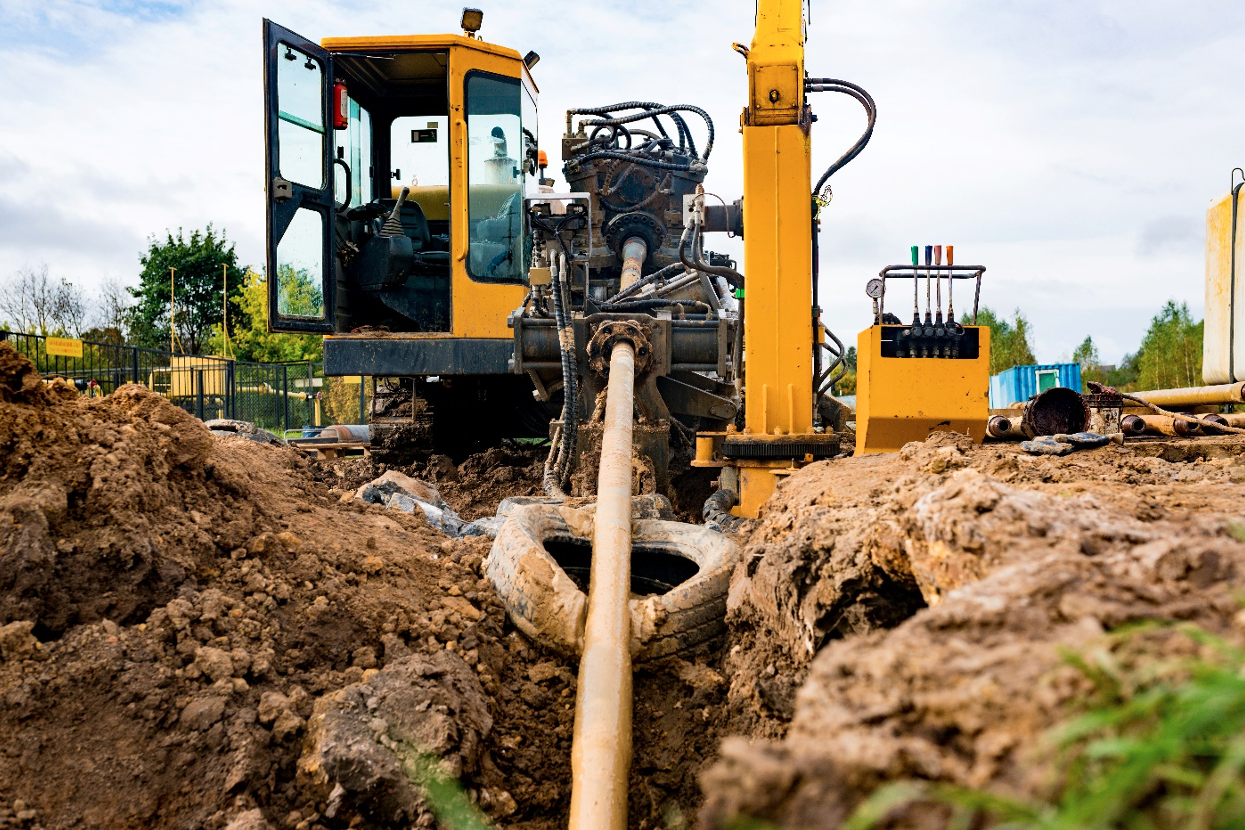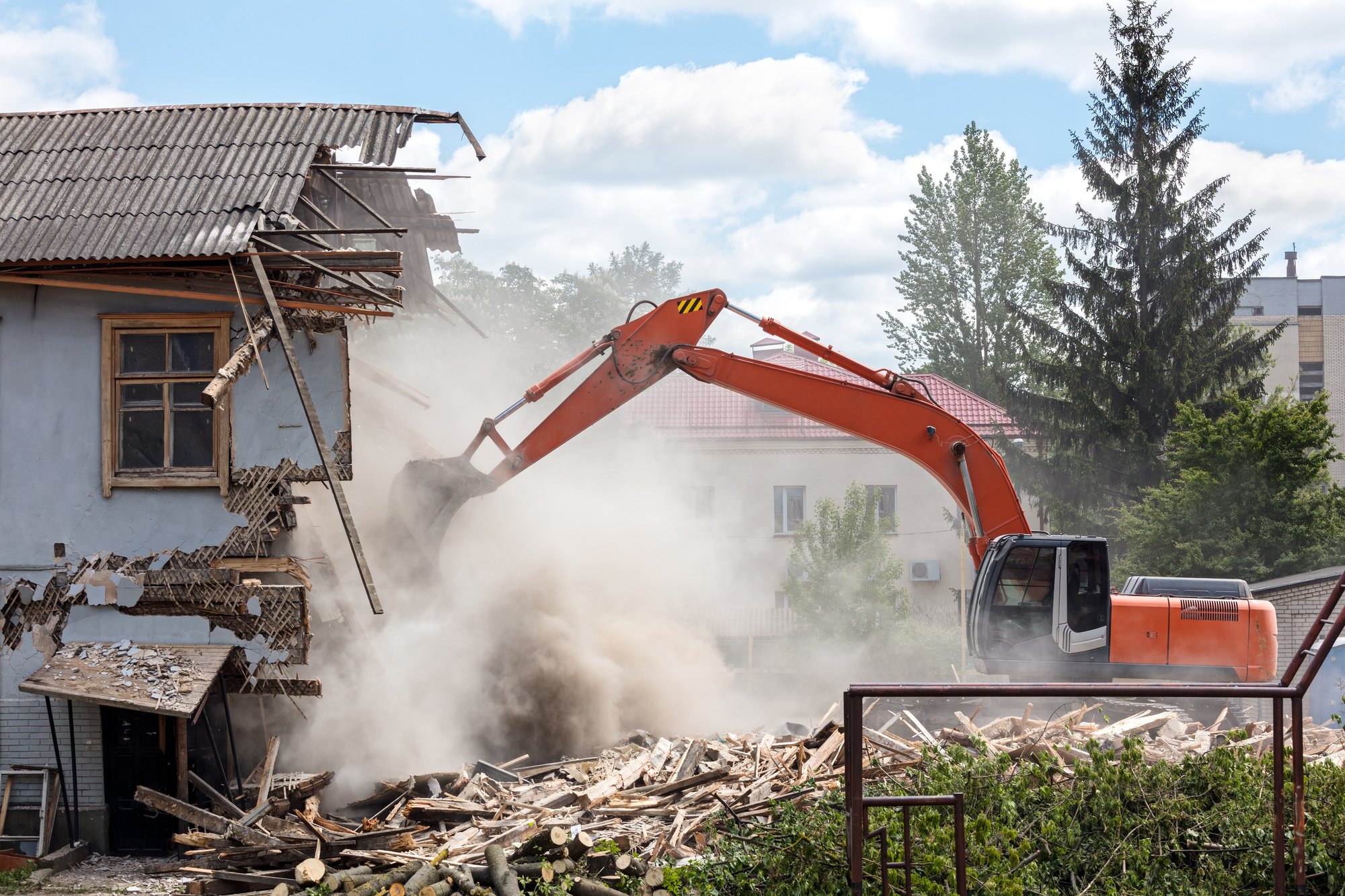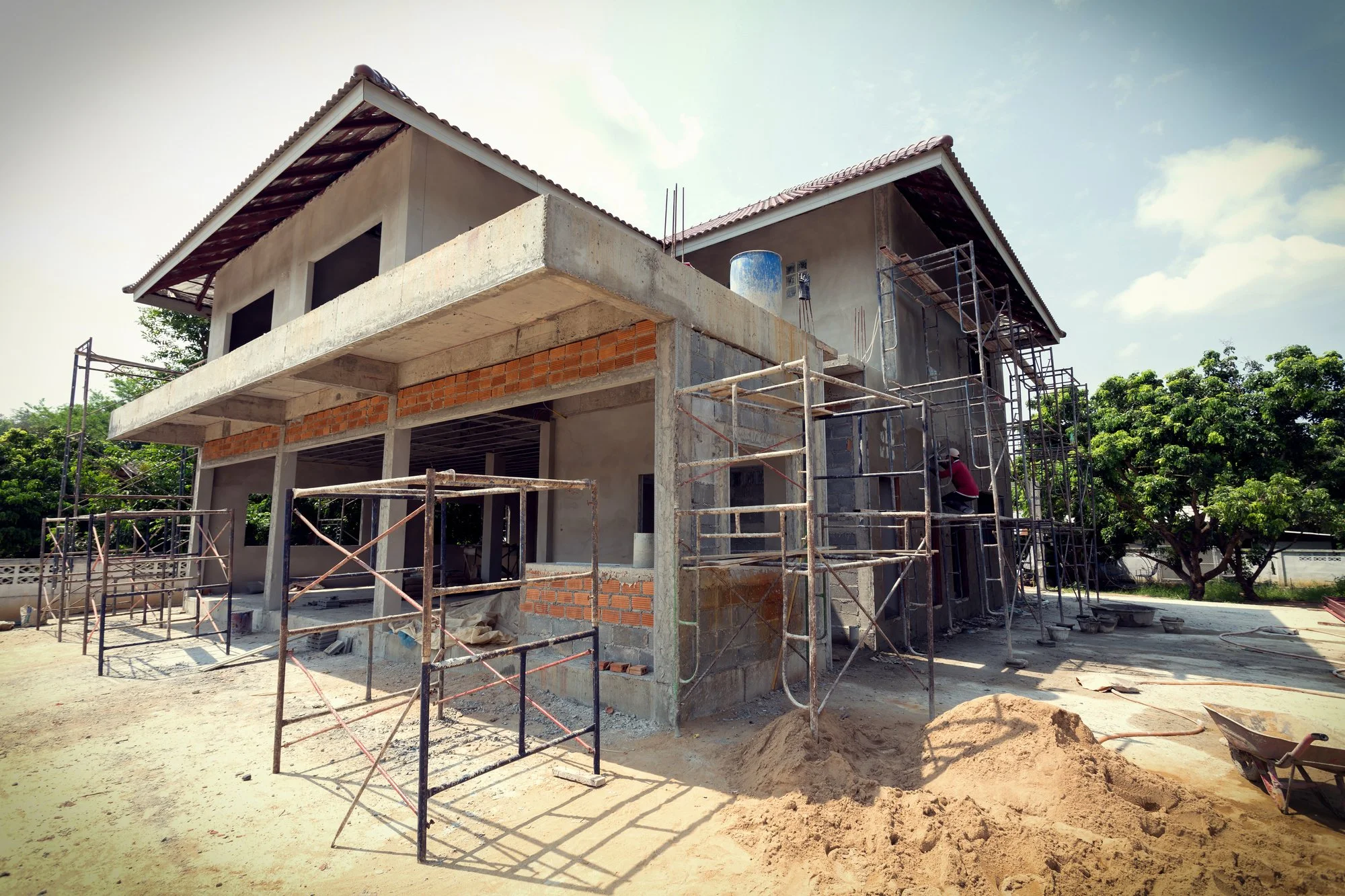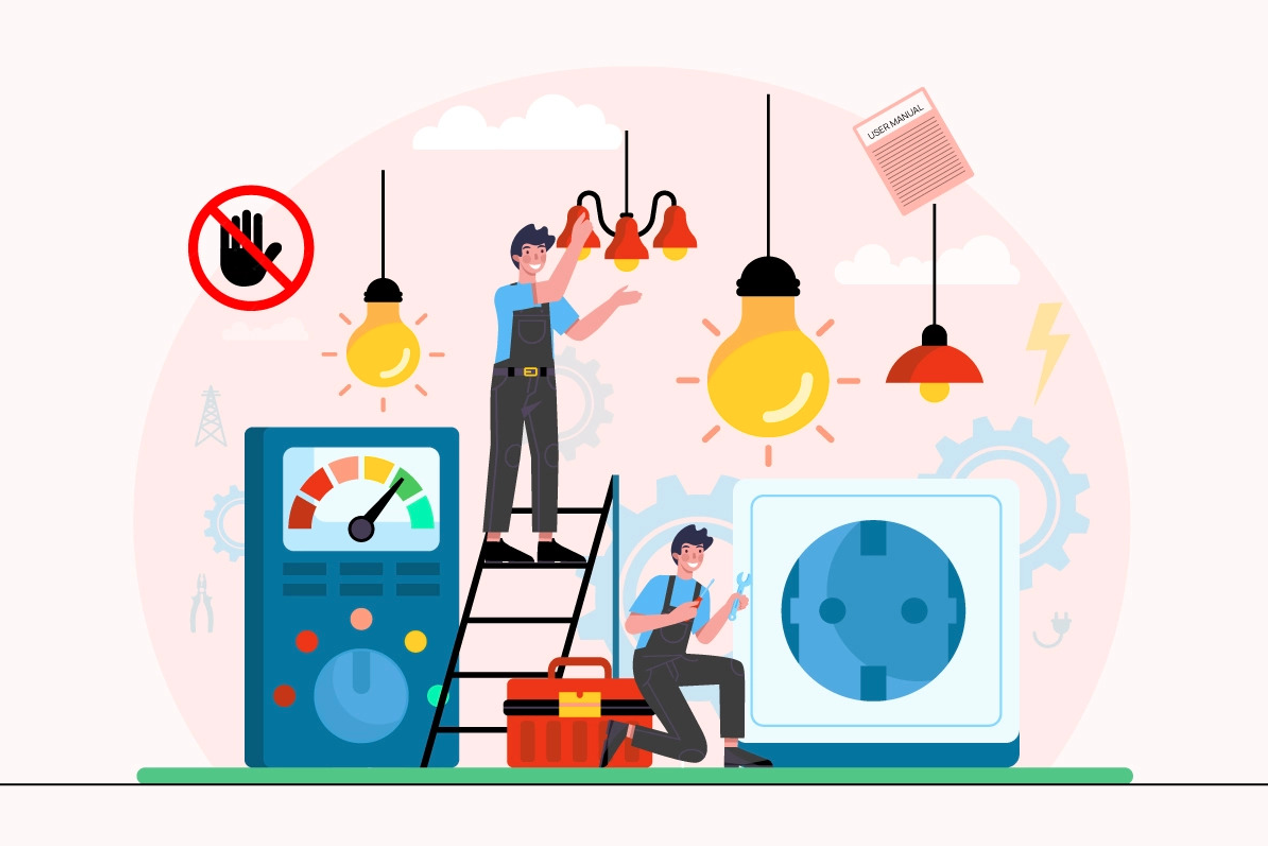Electrical accidents are a leading cause of injury and death in the United States. Children are especially at risk due to their curiosity and tendency to touch and play with electrical devices.
Furthermore, electrical accidents can occur in various settings, including homes, schools, and public places, so it's essential to be aware of the risks and take precautions to prevent them. Several measures of electrical safety for kids are suggested to reduce the risk of electrical accidents.
Here are some tips to help keep your kids safe from electrical accidents:
1. Keep electrical appliances away from water
Using electrical devices near water can lead to many electrical accidents. So, you must teach your kid that water conducts electricity and it is dangerous to use devices near water suppliers.
It can include plugging hair appliances into bathroom outlets, charging tablets, or using a blow dryer near the bathtub.
The use of electrical devices near water increases the chance of electrocution. Water and electricity do not mix, and the combination can result in a serious shock or even death.
For these reasons, it is essential to avoid using electrical devices near water and to follow the manufacturer's instructions and safety guidelines when using these devices.
2. Don't touch electrical outlets with wet hands
As said earlier, water carries electricity, and touching electrical outlets with wet hands is dangerous. Tell your child that when electricity and water are mixed, it will be a dangerous combination.
Today’s kids are so obsessed with mobile phones. So, even after they come from a shower, they will plug in the charger if their phone's battery is dead. And it can cause an electrical shock. Further, the area of high risk are hairdryers, toasters, blenders, power tools, and smart devices.
Furthermore, make your kid understand if the device makes noises, lights up, or moves; it must be kept away from water. When children find an electrical device in the water, make sure they alert an adult and never attempt to retrieve it on their own.
3. Don't insert any object into electrical outlets
Kids can’t resist electrical outlets. Their curiosity often leads them to stick their fingers, fork tines, or keys into electrical outlets, which can cause an electric shock to them.
So, make your childproof by covering the unused plugs. You can place plastic covers to shield the unused outlets. However, they can pull the cover out. That’s why you must educate your child not to insert any object into the electrical outlets for extra safety.
But if you are still furious, you can close the outlets covered with furniture.
4. Don't touch electrical wires or appliances with bare hands
Touching electrical wires or appliances with bare hands can be very dangerous and can result in electric shock or electrocution, sometimes even death. It's essential always to follow proper safety precautions when working with or near electrical equipment.
And your children may not understand the dangers of electricity and may touch electrical wires or appliances without realizing the risk. So parents or caregivers must closely supervise them around electrical sources and teach them how to touch the wires.
5. Don't play with electrical appliances
Electric appliances are not a thing that can be played with. They are very dangerous. But children have the habit of carrying everything and playing with it.
So, your children can unknowingly play with home electrical appliances, which can cause electric shock, burns, and heart problems. The electric current should not be used as a toy.
Since children's hearts are still developing, they are more susceptible to irregular heartbeats and cardiac arrests. And when the current passes through the child’s body, it can cause several unbearable burns.
That’s why you avoid the risk of an electric accident by teaching your children not to play with electrical appliances.
How to Teach Electrical Safety to Kids?
Most importantly, you must not frighten your children. Instead, you should teach your children to respect electricity. Electricity itself is not dangerous, but if you use it carelessly, it might harm you. So teach them how to use use it.
1. Simple and age-appropriate explanations
Your child is not mature enough to understand the details of circuit breakers and GFIs (ground fault circuit interrupters). However, they can learn basic things. So, teach them simple and age-appropriate explanations.
You can set some simple ground rules to ensure their safety at home or while playing outside.
● Don’t use electrical appliances by the sink, pool, bathtub, or other wet areas.
● Not to play around with outdoor transformer boxes.
● Ask parents before using electrical devices or unplugging anything.
● Never touch the electrical equipment with wet hands.
● Never insert objects into outlets.
● Keeps electronics away from water.
● It’s not good to fly kites, throw ropes, or climb trees near power lines.
2. Role-playing activities
Teaching kids electrical safety can be exciting and engaging through role-playing activities. It’s because children love to ask how-to and why questions.
By incorporating role-playing activities into your electrical safety lessons, you can help kids understand and remember the importance of electrical safety in a fun and engaging way.
Here are some ideas for role-play activities that will help you teach kids electrical safety.
Safety Games
You can make interactive games that teach electrical safety to your children, like the game "What's Wrong with This Picture?" that allows them to identify and correct various electrical hazards in the room.
“What If” Scenario
Give your kids different scenarios where they come in contact with electrical appliances or equipment, and ask them what they would do in each situation.
Ask them to imagine each situation and then only reply. For example, What if you see a frayed electrical cord?” or “If the heater is smoking, what should you do?”
Safety Inspectors
You should divide your kids and other members into teams and tell them to act as safety inspectors. Here your children can use their brains, and you can see their understanding of electric appliances. Children can check the frayed cords, misplaced electrical equipment, or overloaded outlets.
3. Visual aids (e.g., videos, images, and illustrations)
You can find abundant resources on the internet that will help teach your kids about electric safety practices. When you use visual aids, your children are more likely to understand and retain what they learn.
Search for the best videos on youtube or infographics on google related to electrical hazards and how electrical works. Sit down with your children together and play the video. It will also keep them informed about the science lesson.
There are many games available online that teach kids about electrical safety in a fun and interactive way. For example, you can play games that test kids' knowledge of electrical safety or games that teach them about the dangers of electrical shock.
4. Hands-on activities (e.g., visiting a power plant or electrical museum)
You can teach electrical safety to your kids through hands-on activities in an exciting way. Take your child to a power plant or electrical museum. This is an excellent opportunity for kids to learn about electrical safety from professionals in the field. Your children can see real-life examples of electrical equipment.
So, if possible, you can organize a field trip to an electrical substation. In this way, your children can learn about the different types of electrical equipment and how they work and get a first-hand understanding of the importance of electrical safety. Further, they can learn how electricity is transmitted, generated, and distributed.
Common Electrical Hazards and How to Avoid Them
Lightning, low-voltage, and high-voltage electrocution are all relatively common forms of mechanical trauma. Mortality and morbidity rates are high for electrical injuries. There are almost no electrical injuries that aren't accidental or preventable.
In addition to immediate death, electrical injuries may cause multiple organ and tissue dysfunctions.
Some of the common electrical hazards that pose a risk to people and their property are electrocution, fire, burns, overloading, improper wiring, shock hazards, equipment malfunction, etc.
1. Electrical fires
Electrical fires are the most common source of electrical hazards, which can be very dangerous and can result in significant property damage.
2. Electrocution
Electrocution is a serious and often fatal hazard that can occur when a person comes into direct contact with a live electric wire.
3. Electrical shock
Touching live electrical equipment or wire can result in electric shock, which can cause serious injury or even death.
4. Electrical burn
Burns are a common hazard associated with electrical shock and can be caused by direct contact with live electrical wires or equipment.
How to prevent electrical hazards?
There are several steps you can take to prevent electrical hazards and ensure electrical safety in your home or workplace:
Ensure that all electrical equipment you use, such as appliances, cords, and power strips, is in good working order and meets safety standards.
Regular electrical equipment inspections can help identify any potential hazards, such as frayed wires, damaged plugs, or worn insulation.
Overloading electrical outlets can create a fire hazard, so it's important to avoid plugging too many devices into a single outlet.
Surge protectors can help to protect your electrical devices from power surges that can cause damage or create a fire hazard.
Water and electricity can be dangerous, so it's important to avoid using electrical equipment in areas where it may come into contact with water.
GFCIs are special electrical outlets that can detect electrical imbalances and quickly shut off power to prevent electric shock or electrocution.
If you need to make any changes or repairs to your electrical system, it's important to hire a licensed electrician who is trained to work safely with electricity.
Conclusion
Parents restrict their children from using the gas or knife until they educate them on how to use it properly. Similarly to that, they must be careful with the electrical appliance.
Simply plugging in or unplugging an electrical cord carries the risk of electric shock. And if they touch the metal parts of a plug, a short circuit can occur and cause painful shock.
The main thing you can do to minimize hazards is to childproof your home. Place the electric devices somewhere they can’t find or touch.
You can cover your unused power outlets and prevent your children from sticking to their fingers, tongue, or other objects. Follow the tips mentioned above to keep your kids safe from electrical circuits.
Guest Contributor: Sophia



